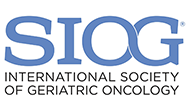
|
National Institute of Cancer prevention and research (NICPR) National Institute of Cancer prevention and research (NICPR) was initially established as Cytology Research Centre (CRC) by the Indian Council of Medical Research (ICMR) in 1979, and was elevated to the level of an Institute in 1989. It was granted national status in 2016 acknowledging its mandate and contributions towards cancer prevention. The institute has broadened its horizon to cater to prevention of prevalent cancers in the country. The thrust areas of research include pre-cancer and cancers of the uterine cervix, breast and oral cancers. NICPR has since made significant contributions in the field of cervical cancer research. The concept of clinical downstaging, visual inspection of cervix with selective cytology screening and development of novel diagnostic approaches for HPV and other oncogenes have been introduced for screening and early detection of cervical cancer. |
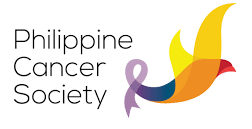
|
Philippine Cancer Society (PCS)
The Philippine Cancer Society, Inc. (PCSI) is a private non-stock, non-profit corporation registered with the Securities and Exchange Commission on 22 December 1956. It was founded by a group of laymen and medical doctors with the aim of “helping the Filipino cope with cancer by preventing it and diminishing death caused by it, especially among the disadvantaged, through information, education, advocacy and focused services.” Within this next half-decade, we aspire for a state of affairs with the following features:
For more information about PCS, please visit philcancer.org.ph |
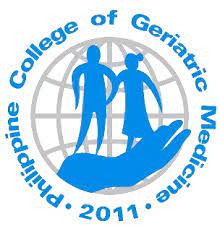
|
Philippine College of Geriatric Medicine (PCGM) Mission CHAMPIONS for excellent Health and Quality of Life of Older Persons. Vision “A world class organization of Geriatricians, influencing policy and setting the standard in the education, training and practice of Geriatric Medicine, partnering- with and caring for the older person in their unique environment.” For more information about PCGM, please visit philippinegeriatrics.org |
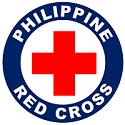
|
Philippine Red Cross (PRC) Born officiaily in 1947, but with roots that traces back to the revoLutionary days, the Philippine Red Cross has truly become the premier humanitarian organization in the country, committed to provide quality life-saving services that protect the life and dignity especiaily of indigent Filipinos in vulnerable situations. In ail its 67 years of reputable existence, the Philippine Red Cross has lived througb many changes that were intended to help more people. Where it used to be involved only in pro iding blood and in disaster-related activities, the Philippine Red Cross now focuses on a holistic approach to upbft the condition of the most vulnerable. Where it used to offer short term palliatives, it now offers a wider array ofhumanitarian services ranging from preventive medicine to therapeutic counseling, to youth leadership. At present, the Philippine Red Cross provides six major services: Blood Services Disaster Management Services Safety Services, Health Services, Social Services Red Cross Youth and Yolunteer Services. All of them embody the fundamental principles of the International Red Cross and Red Crescent Movement – humanity impartiality, neutrality, independence voluntruy service, unity and universality. These values guide and inspire ail Red Cross staff and volunteers, to whom being a Red Crosser is more thanjust a philosophy but a way oflife. Save Lives. Join the Red Cross. For more information about PRC, please visit redcross.org.ph |
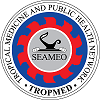
|
SEAMEO Tropical Medicine & Public Health Network A regional cooperation network established in 1966 for education, training and research under the Southeast Asian Ministers of Education. The Network serves as a focal point in higher education and research with a mission to develop the capacity of individuals and institutions in delivering quality healthcare. The Regional Centres of the Network are affiliated with academic and research institutions which provide the physical facilities, faculty and technical staff in respective Member Countries (Brunei Darussalam, Cambodia, Indonesia, Lao People’s Democratic Republic, Malaysia, Myanmar, Philippines, Singapore, Thailand, and Vietnam. Its Associate Members are Australia, Canada, France, Germany, New Zealand, the Netherlands, and Norway). SEAMEO’s highest policy making body is the SEAMEO Council (SEAMEC), which is composed of the Ministers/Secretaries of Education of the Member Countries. |
Country PartnersLina Silva Salinas2023-03-28T16:15:31+02:00
